Aquilegia (Aquilegia) is also called an eagle or catchment. It belongs to the genus of perennial herbaceous plants of the buttercup family. According to various sources, this genus unites 60-120 species of various plants that grow in the mountainous regions of the Northern Hemisphere. About 35 species of this plant are cultivated. Where the Latin name comes from is not exactly defined. So, according to one version, the name is formed from words such as aqua - "water" and legere - "to collect", and according to the other - that this word comes from aquila - "eagle". Such a plant has been familiar to flower growers for a long time. Mention about him can be found in fiction. So, in "Hamlet" Ophelia offers Laertes a Columbine flower (which is how they call aquilegia in England). And in the Middle Ages, if an artist depicted a flower of a given plant in a painting, then this indicated the presence of the Holy Spirit.
Content
- 1 Features of aquilegia
- 2 Growing aquilegia from seeds
- 3 Planting aquilegia
- 4 How to care for aquilegia
- 5 Aquilegia after flowering
- 6 Wintering
- 7 Main types with photos and names
- 7.1 Alpine aquilegia (Aquilegia alpina)
- 7.2 Fan-shaped aquilegia (Aquilegia flabellata)
- 7.3 Common aquilegia (Aquilegia vulgaris)
- 7.4 Aquilegia hybrid (Aquilegia hybrida)
- 7.5 Golden-flowered aquilegia (Aquilegia chrysantha)
- 7.6 Canadian Aquilegia (Aquilegia canadensis)
- 7.7 Dark aquilegia (Aquilegia atrata)
- 7.8 Olympic Aquilegia (Aquilegia olympica)
- 7.9 Aquilegia skinneri
Features of aquilegia
These plants have a two-year development cycle. So, in the first year of life, the origin of the point of renewal at the base of the stem occurs, and from it in the autumn, when the plant fades, the formation of a basal rosette occurs. In spring, the foliage of this outlet dies off, while a new one appears in its place, and a peduncle emerges from its center, and flowers and stem leaf plates grow on it. The rosette leaf plates have long petioles, and they are triple or triple dissected twice or thrice, while the trifoliate stem leaves are sessile. Drooping single flowers can be painted in different colors and have different sizes, which directly depends on the type of plant and variety. So, you can meet yellow, crimson, blue, white, purple flowers, as well as two or multi-colored. Most species have spurs on the flowers - these are outgrowths of sepals or petals, which are hollow inside, it is in them that nectar is located. The so-called clawed species include American and European species of such a plant, namely: alpine, ferruginous, Olympic and ordinary, as well as blue, Canadian, Skinner, golden and Californian. The Japanese and Chinese species are devoid of spurs.The fruit is represented by a multileaf, in which there are small glossy black seeds, which are poisonous. They remain viable for 12 months.
Growing aquilegia from seeds
It is recommended to sow seeds in open soil as soon as the seeds are collected. In spring, the seedlings that have appeared can be transplanted to a permanent place. However, if sowing is planned for the spring, then a place with a low temperature should be chosen for storing seeds. So that in winter the percentage of seed germination does not decrease, they are advised to mix them with the soil and place them on a refrigerator shelf. In March, the seeds should be washed from the soil and sown in boxes, which must be filled with a light substrate consisting of sand, humus and leafy soil (1: 1: 1), it must be well tamped and watered. Seeds distributed over the surface of the substrate must be sprinkled with a three-millimeter layer of soil, which must be passed through a sieve. From above, the container must be covered with burlap or a newspaper sheet. Move the container to a shaded place where the temperature is kept within 16-18 degrees. If necessary, it is necessary to moisten the surface of the substrate using a sprayer. The first shoots can be seen in 7-14 days. After the first pair of true leaves forms on the plant, it should be dived into loamy soil saturated with nutrients (this occurs in the last days of April, the first in May).
Planting aquilegia
What time to plant
Seedlings are transplanted into open soil for growing in June. Young plants require shading from direct sunlight. In a permanent place where they can grow for several years, the plant is transplanted at the end of summer or next spring. You can plant the grown aquilegia both in a shady and in a sunny place. It should be borne in mind that in plants that grow in partial shade, the flowers are somewhat larger and stronger, and flowering is longer than those that grow in a sunny area. Flowering of such a flower grown from seed will begin in the second year of life, while only in the third year of life it will reach full maturation.
How to plant
This flower does not have special requirements for the soil, but experts recommend planting it in a place where there is light, loose and moist humus soil. In order to improve the soil, during digging, compost or humus must be added to it (1 bucket of fertilizer per 1 cubic meter). It is necessary to dig up the soil to a depth of 20 centimeters. There should be from 10 to 12 bushes per 1 square meter (depending on the type and variety). If the aquilegia is tall, then a distance of 40 centimeters is observed between the bushes, if it is short, then about 25 centimeters. It should be remembered that such a plant reproduces quite successfully by self-sowing, so you need to be prepared for frequent weeding. There are florists who like this feature of flowers. The fact is that the catchment bush grows old after 5–6 years and loses its former effectiveness. In this case, it must be dug up. At the same time, young aquilegia, which appeared as a result of self-seeding, will remain in its place.
How to care for aquilegia
It is very easy to care for this plant. It needs to be watered, fed, loosened and weeds removed in a timely manner. This is a moisture-loving plant, but it is not afraid of a mild drought, because the root system goes deep into the soil. However, severe drought can damage the plant. Weeds should be removed in a timely manner, especially if the flowers are still young and small. After rain or when the plant is watered, the surface of the soil must be loosened, in which case the moisture will not evaporate so quickly. Aquilegia also requires timely feeding. It is necessary to apply fertilizers to the soil 2 times during the summer period.At the very beginning of the growing season, the plant needs mineral fertilizers, for this, 15 grams of potassium salt, 50 grams of superphosphate, as well as 25 grams of nitrate are taken per 1 square meter, and 1 bucket of mullein solution is taken for the same area, which must be unconcentrated. Two dressings over the summer should be enough for the plant.
Reproduction of aquilegia
It can be propagated by seeds, cuttings and dividing the bush. In this case, the division of the bush is used extremely rarely, as a rule, in cases where there is a need to preserve any special variety or shape. And that's all because, as mentioned above, the roots of aquilegia go deep into the soil, and they also react extremely negatively to the transplantation procedure, as well as division. In order to divide the bush, at the beginning of the spring or autumn period, choose a plant that is 3-5 years old. It is carefully dug out, trying not to injure the small roots. The root system is washed well, then all leaf plates and all stems are cut to a height of 5 to 7 centimeters. In this case, 2 or 3 young leaf plates should remain. After that, using a sharp knife, you need to cut the taproot in half lengthwise. In this case, it should be borne in mind that on each section there should be 2 or 3 renewal buds, as well as several small roots. The cut must be processed with crushed charcoal, and after that the cuttings are planted in boxes, which should be filled with a light earth mixture saturated with nutrients. Most often, delenki get sick for a very long time.
It is much easier to propagate this plant by cuttings. In the springtime, while the leaves have not yet grown, it is necessary to cut off a young stem on the cutting along with the heel. The place of the cut should be smeared with Kornevin, after which the cutting should be planted in a small greenhouse or in open soil, but at the same time it must be covered from above with a cut plastic bottle. For landing, you must choose a place that is in partial shade, while the soil must be loose, and it is best to use river sand for this purpose. Watering the cutting should be done without removing the bottle. The first time it will be possible to air the plant only after 1.5 weeks. The cutting takes root for 20-30 days. Then it is transplanted to a permanent place.
Diseases and pests
Aquilegia can get sick with gray mold, powdery mildew and rust. Those parts of the flower that are affected by gray rot or rust must be cut off and destroyed. It should be remembered that there are no effective preparations for gray rot. To cure rust, you can treat it with a sulfur-containing agent, or a soap solution mixed with copper sulfate. Very often the catchment is sick with powdery mildew, while a fungal coating of white color forms on the leaf plates. Infected leaf plates curl up, turn brown and die off. To remove the fungus, it is necessary to treat the bush with a solution of colloidal sulfur and green soap.
Spider mites, nematodes, aphids, and also scoops can harm such a flower. To get rid of ticks and aphids, it is recommended to use yarrow paste, Actellic or Karbofos. An effective remedy for nematodes has not yet been found. Most often, the infected bushes are dug up and destroyed, and in the place where they grew, those plants are planted that are not afraid of nematodes, namely, onions, garlic or cereals.
Aquilegia after flowering
After the end of flowering, the stems, which have lost their effectiveness, must be cut to the very leaf outlet. Cut parts of a flower that are not infected with diseases are recommended for compost, and diseased parts should be destroyed. To get seeds, you need to leave the peduncles on those bushes that you would like to propagate and wait for them to ripen.In order for the seeds not to crumble, it is necessary to put on a bag made of gauze on the peduncle. When the plant has faded, you can divide the bush and plant it. In September or October, seeds are sown before winter.
Wintering
In autumn, special attention should be paid to bushes that are 4–5 years old. The fact is that their roots begin to bulge out of the soil, and this is very harmful to young leaves and shoots. In this regard, when the peduncle is removed, the soil surface under the bush should be sprinkled with humus mixed with peat compost, this will cover the roots. In this case, the flower will be fed and protected from the autumn and winter cold.
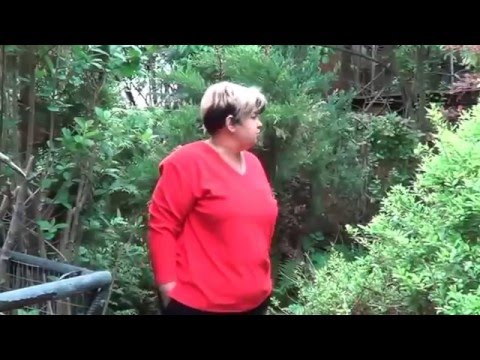

Watch this video on YouTube
Main types with photos and names
In nature there are a large number of species, or rather, about 120. However, only a small part of them is cultivated. Below will be presented the species that are especially popular with gardeners.
Alpine aquilegia (Aquilegia alpina)
The bush is rather low (about 30 centimeters); in the nutrient soil, the height of the bush can reach 80 centimeters. The diameter of the flowers is about 8 centimeters, and they are painted in various shades of blue. The short spurs are bent. Flowering is observed in the last days of June, in the first days of July.
Fan-shaped aquilegia (Aquilegia flabellata)
Or Akita - the bush reaches 60 centimeters in height. Basal rosette consists of trifoliate leaf plates with long petioles. The diameter of the flowers is about 5-6 centimeters, the spurs are long, strongly curved. On the peduncle there are 1–5 flowers, painted in lilac-blue, and along the edge there is a blurry border of a whitish color. The species is winter-hardy, grows rapidly by self-seeding.
Common aquilegia (Aquilegia vulgaris)
The height of the bush of this European species varies from 40 to 80 centimeters. The diameter of the flowers is about 5 centimeters, they are painted in various shades of purple and blue. Most often, a large number of varieties of this type are cultivated, which can be painted in a wide variety of colors. Flowers can be simple and double, spurless or spur. This species is the most resistant to frost, it can withstand minus 35 degrees.
Aquilegia hybrid (Aquilegia hybrida)
This species includes various forms, which are created for the most part by crossing the aquilegia of the common and American species. The height of the bush depends on the variety and can reach 0.5-1 meters. Large flowers have a diameter of about 9 centimeters, there are both spurless and spurs of various sizes. Flowers can be double or simple.
Golden-flowered aquilegia (Aquilegia chrysantha)
Originally from North America. This species has large, non-drooping golden flowers, which have long spurs. Differs in drought and winter hardiness. It is rarely grown in mid-latitudes, but its popularity is gradually growing.
Canadian Aquilegia (Aquilegia canadensis)
Originally from North America. The flowers are yellowish-red, and their spurs are straight. Shade and moisture-loving plant.
Dark aquilegia (Aquilegia atrata)
The height of the bush of this European species can vary from 30 to 80 centimeters. The leaf plates are glaucous, and the drooping flowers are dark purple. Their diameter is from 3 to 4 centimeters, there are short curved spurs that protrude as stamens. Flowering is observed in the last days of May, the first in June. Grows well in partial shade. This type is often used to breed varieties with dark flowers. Used for cutting and flower arrangements.
Olympic Aquilegia (Aquilegia olympica)
Homeland Iran, Caucasus and Asia Minor. The height of the bush is from 30 to 60 centimeters. The stem has dense pubescence, the diameter of the flowers is about 10 centimeters, they are pale blue with long spurs. Flowering is observed from the second half of May to mid-June.
Aquilegia skinneri
The homeland of this species is North America. Frost-resistant (up to minus 12 degrees). Drooping yellow-red flowers have straight spurs.
Still quite popular with gardeners are such types as: aquilegia spiky, aquilegia small-flowered, aquilegia blue, aquilegia bicolor, aquilegia Bertoloni, aquilegia ferruginous, aquilegia green-flowered, aquilegia Siberian, aquilegia ekalkarat and others.

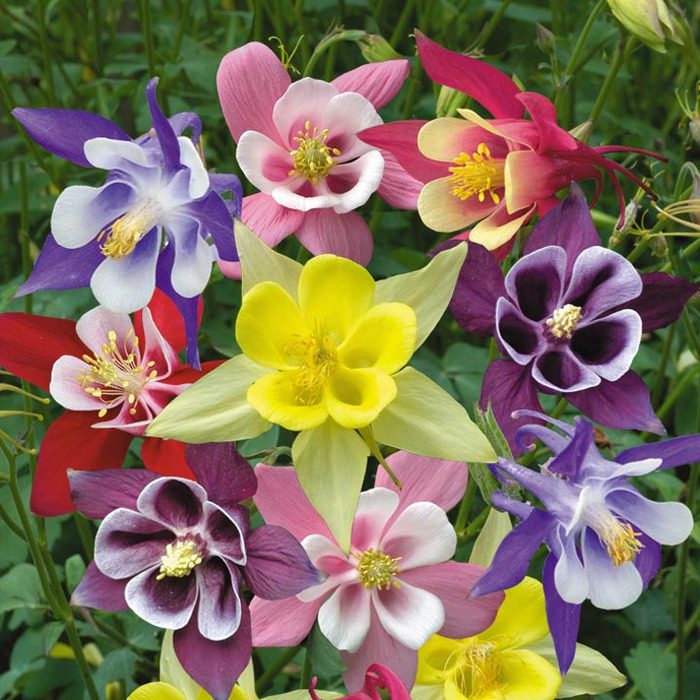

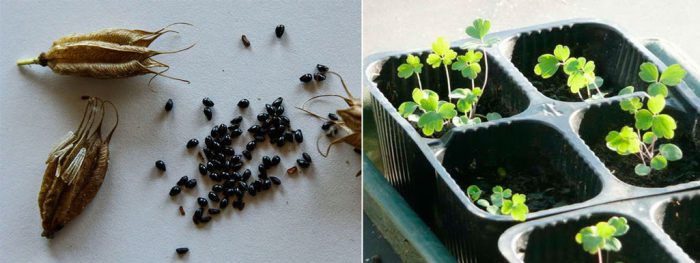
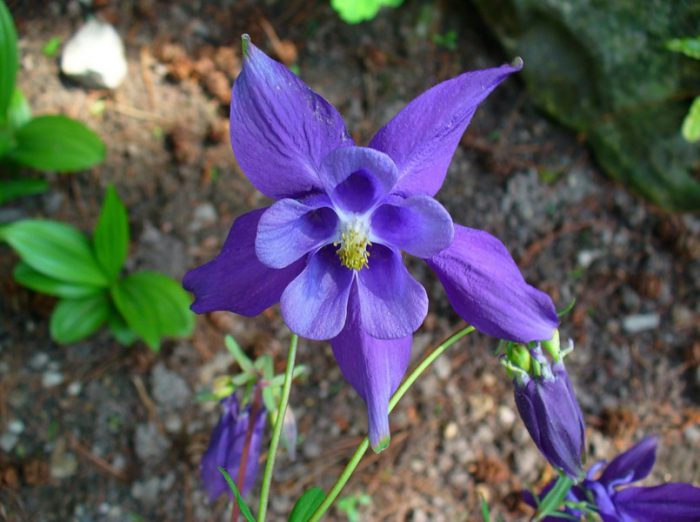
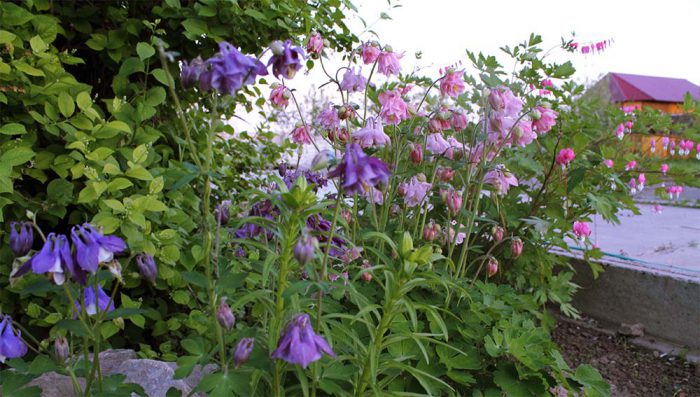
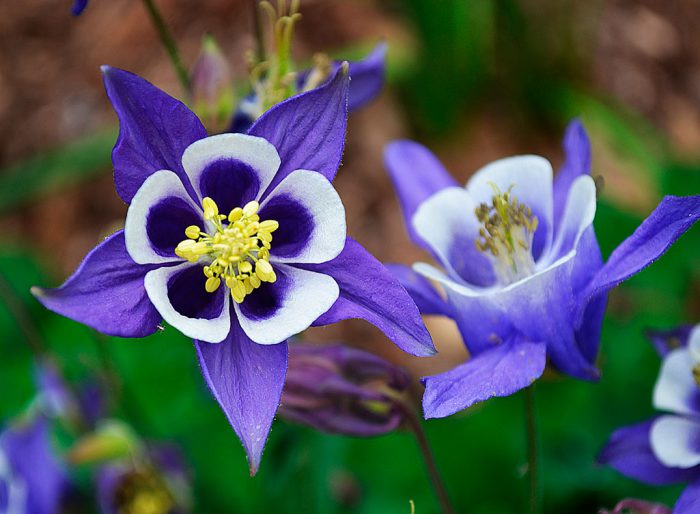
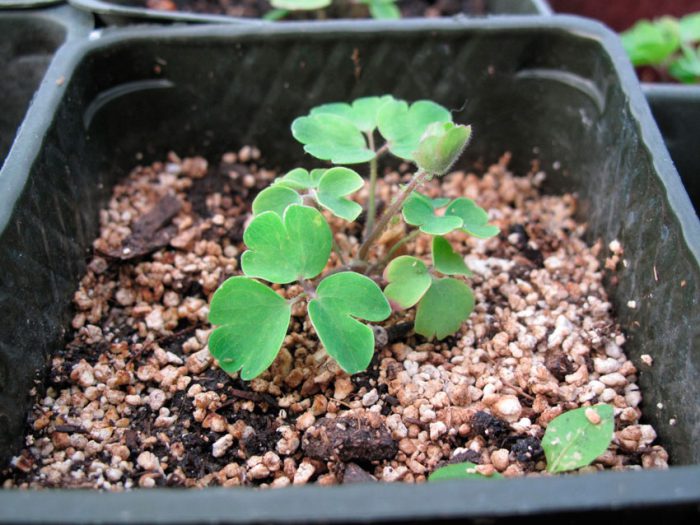

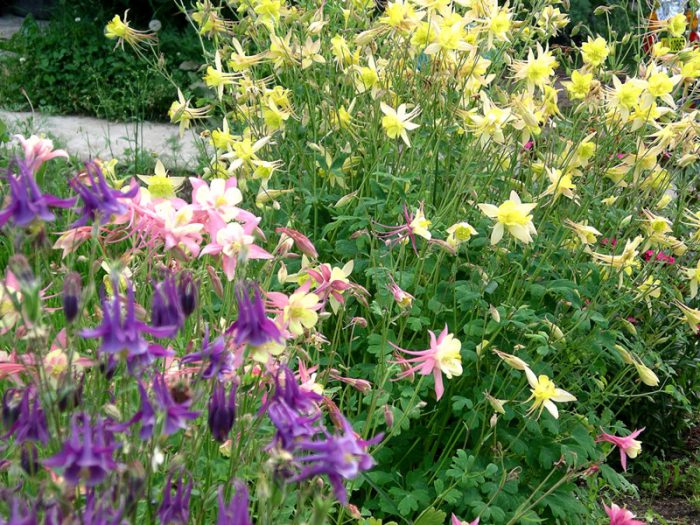
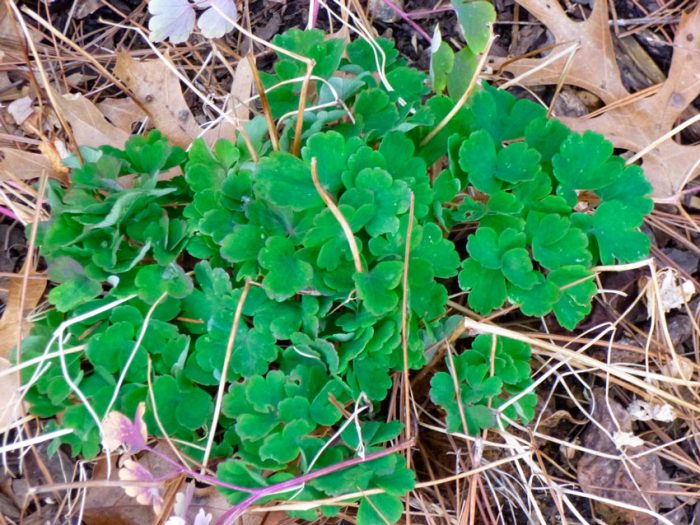
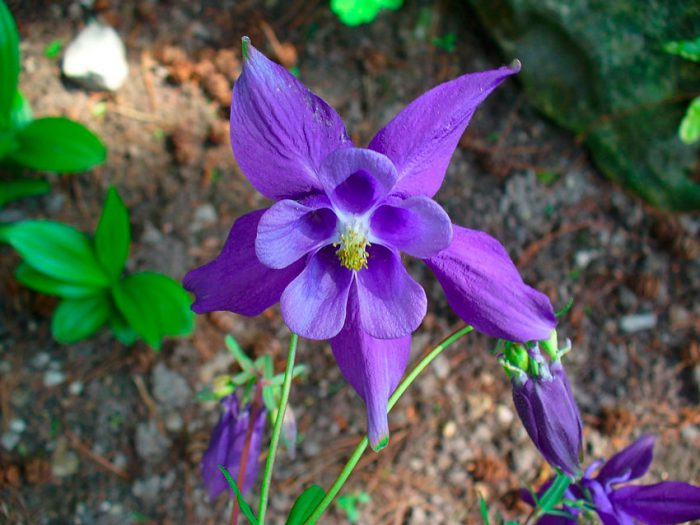
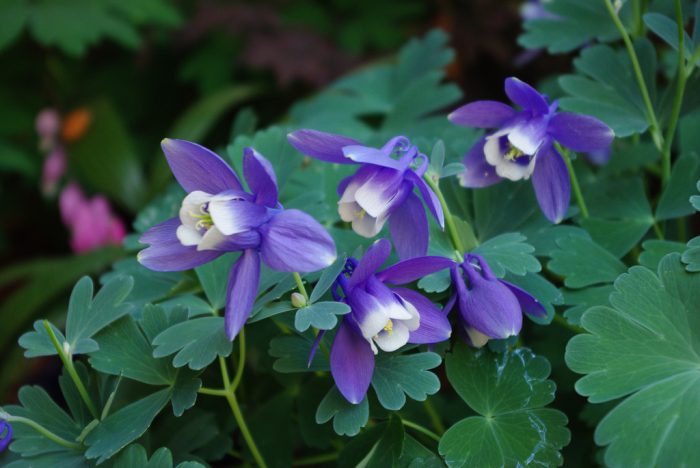
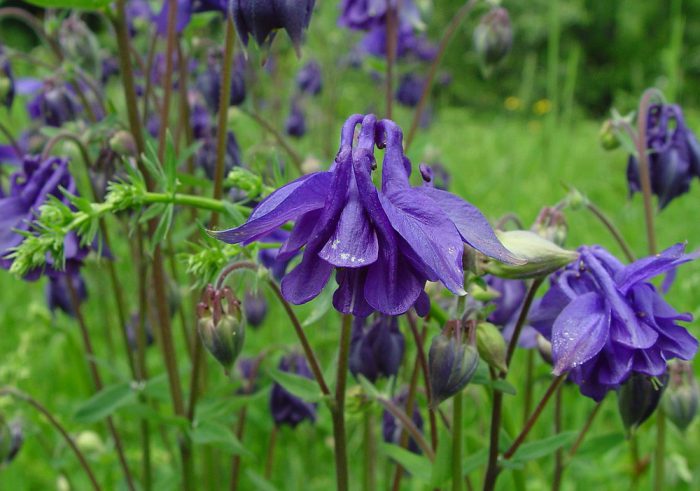


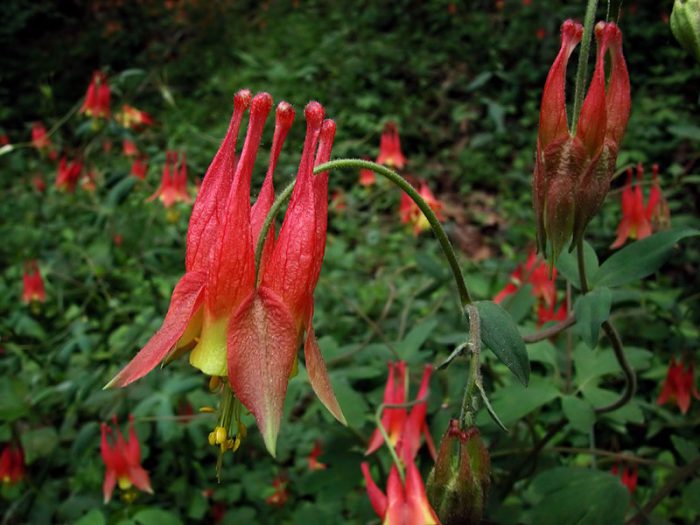
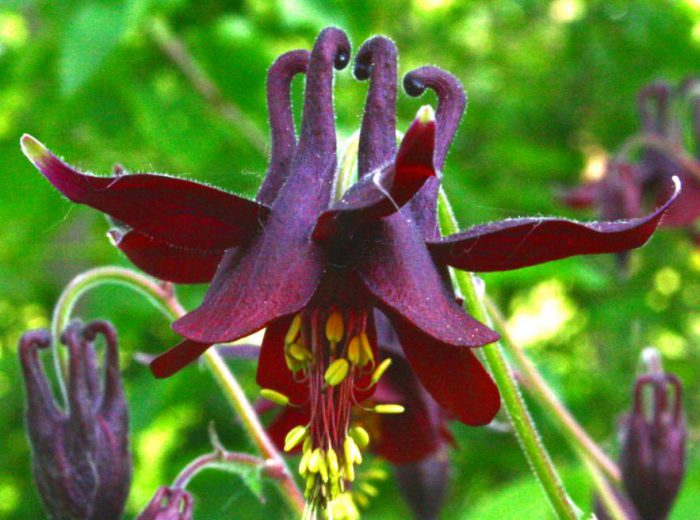
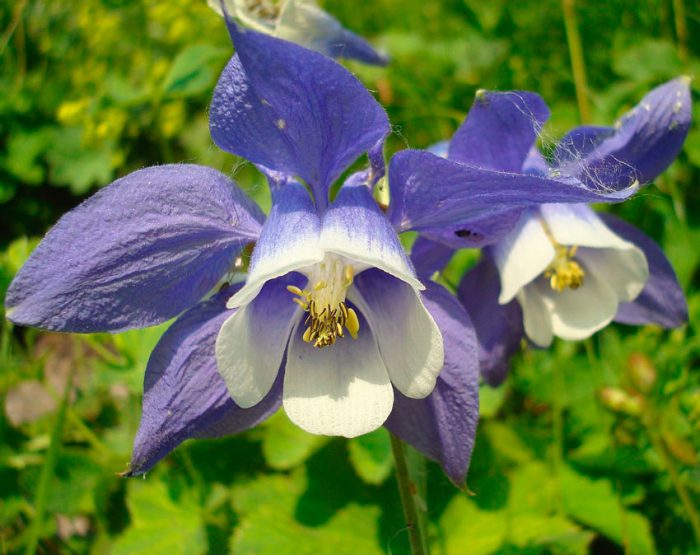
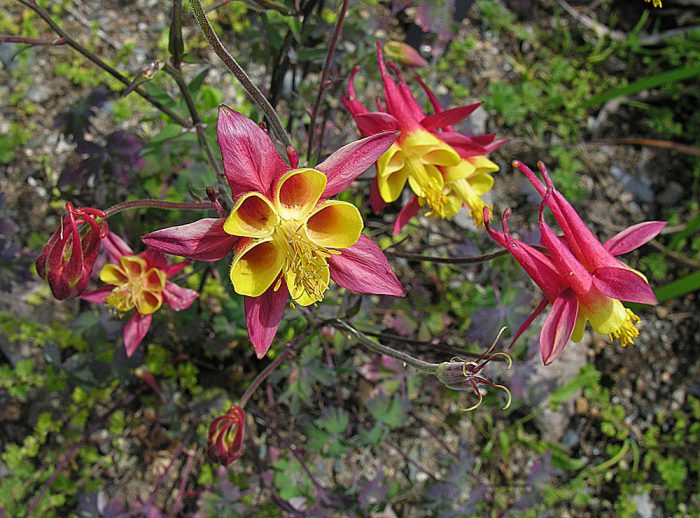
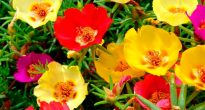


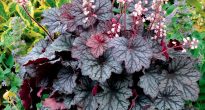
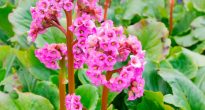

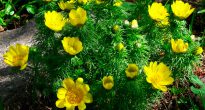



Hello, could you tell me, I bought seeds of aquilegia and other perennials and wanted to plant them right now, as if before winter. At first I decided to germinate all the seeds, most have already hatched, but there is no aquilegia, as I read later, it needs stratification, what should I do now, wait, maybe it will hatch after all, or is it still in the ground and in the refrigerator until spring?
Hello Olesya!
I planted Aquilegia without stratification, the first time nothing happened. I didn’t give up and decided to try again. All hatched without stratification. Now they are in my house in separate pots, after the pick. I don't want to risk it and leave them for the winter at home on the windowsill. I will transplant to open ground only in the spring.
But I am stratifying Clematis now.
Good luck in all your endeavors !!!